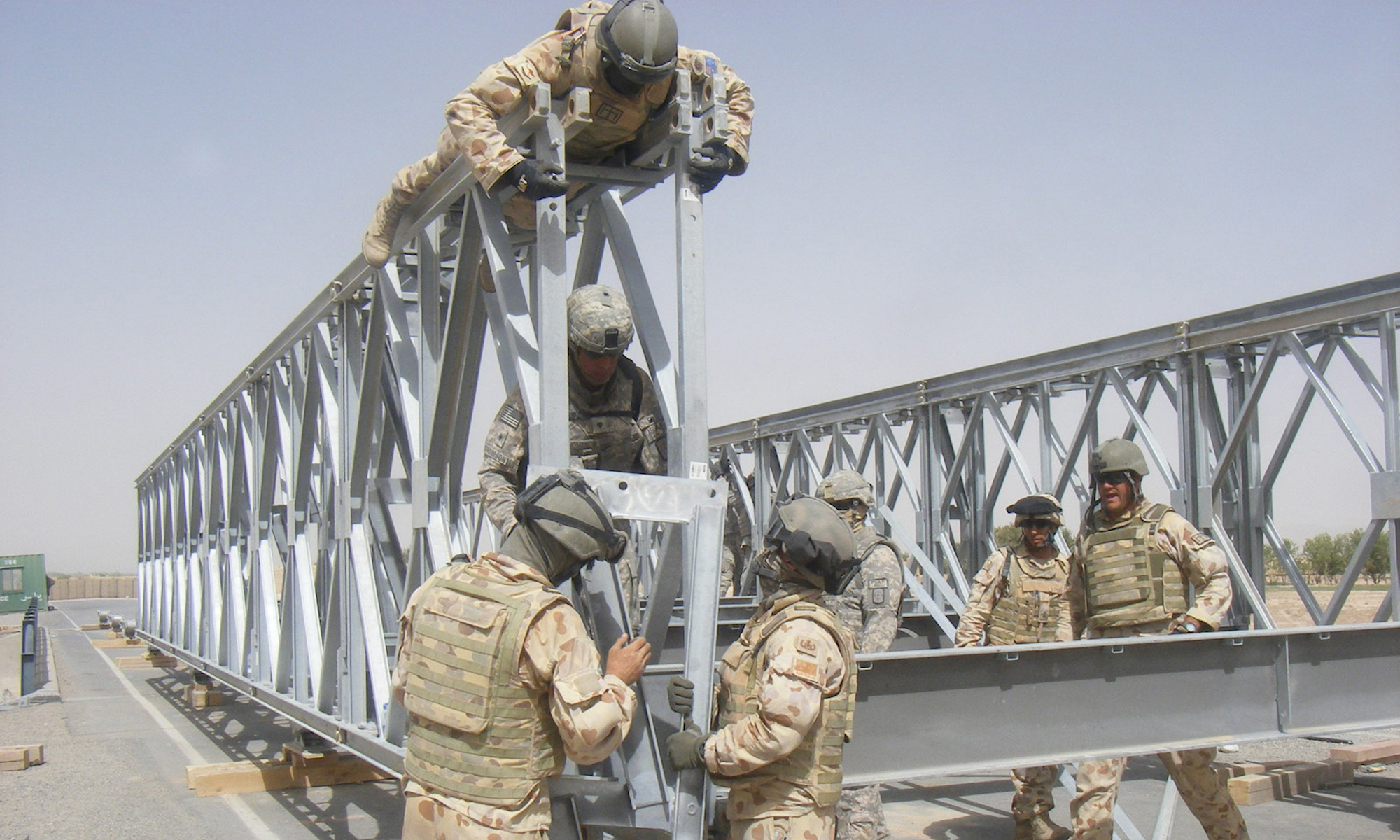This book highlights the gender dimensions of conflict, organized around major relevant themes such as female combatants, sexual violence, formal and informal peace processes, the legal framework, work, the rehabilitation of social services and community-driven development. It analyzes how conflict changes gender roles and the policy options that might be considered to build on positive aspects while minimizing adverse changes. The suggested policy options and approaches aim to take advantage of the opportunity afforded by violent conflict to encourage change and build more inclusive and gender balanced social, economic and political relations in post-conflict societies. The book concludes by identifying some of the remaining challenges and themes that require additional analysis and research.
CDD in post-conflict and conflict-affected areas : experiences from East Asia
Community Driven Development (CDD) projects are now a major component of World Bank assistance to many developing countries. While varying greatly in size and form, such projects aim to ensure that communities have substantive control in deciding how project funds should be used. Giving beneficiaries the power to manage project resources is believed by its proponents to lead to more efficient and effective fund use. It is also claimed that project-initiated participatory processes can have wider ‘spillover’ impacts, building local institutions and leadership, enhancing civic capacity, improving social relations and boosting state legitimacy. This paper briefly reviews the World Bank’s experience of using CDD in conflict-affected and post-conflict areas of the East Asia and Pacific region. The region has been at the forefront of developing large-scale CDD programming including high profile ‘flagships’ such as the Kecamatan Development Program (KDP) in Indonesia and the Kapitbisig Laban Sa Kahirapan-Comprehensive and Integrated Delivery of Social Services (KALAHI-CIDSS) project in the Philippines. As of the end of 2007, CDD constituted fifteen percent of the lending portfolio in East Asia compared with ten percent globally. Many of East Asia’s CDD projects have operated consciously or not in areas affected by protracted violent conflict. CDD has also been used as an explicit mechanism for post-conflict recovery in Mindanao in the Philippines and in Timor Leste, and for conflict victim reintegration in Aceh, Indonesia. It then looks at the evidence on whether and how projects have achieved these outcomes, focusing on a range of recent and current projects in Indonesia, the Philippines, Thailand, and Timor-Leste. The analysis summarizes results, draws on comparative evidence from other projects in the region and elsewhere, and seeks to identify factors that explain variation in outcomes and project performance. The paper concludes with a short summary of what we know, what we don’t, and potential future directions for research and programming.
